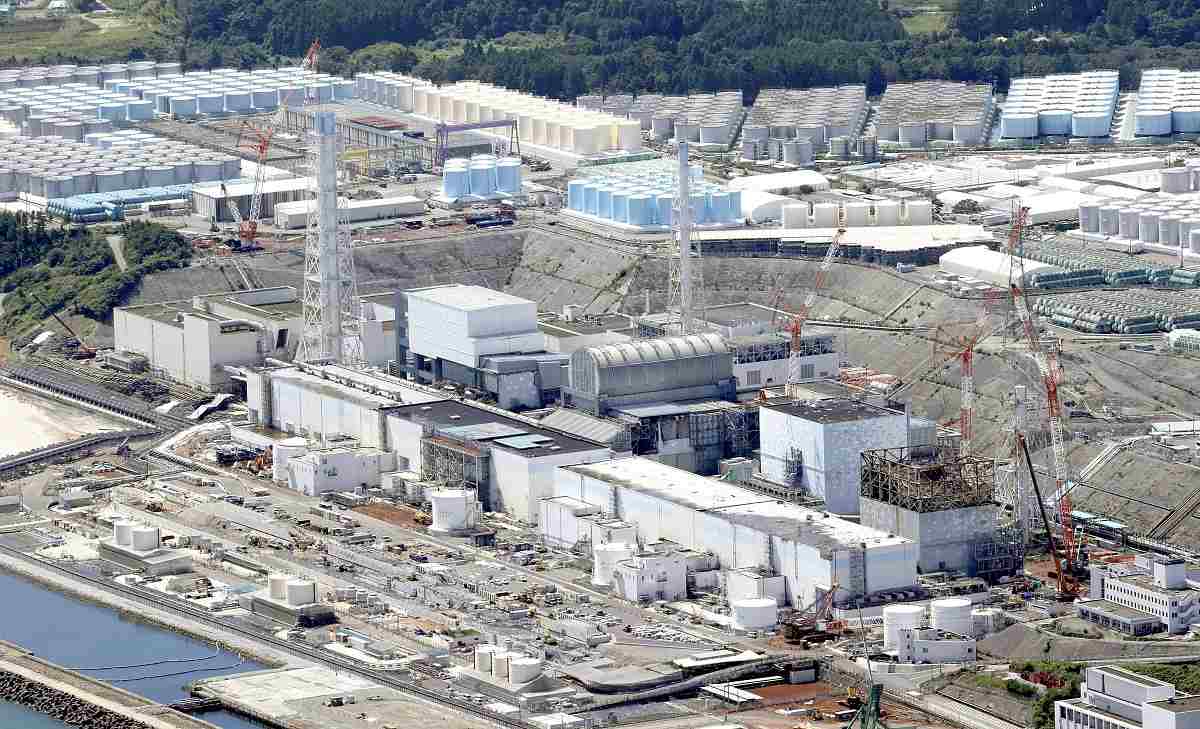
From left: Tsunehisa Katsumata, Ichiro Takekuro and Sakae Muto
18:17 JST, January 16, 2023
Could the meltdown at the Fukushima No. 1 nuclear power plant have been prevented? The Tokyo High Court is looking into a criminal case and will soon rule on whether the unprecedented accident could have been prevented by expecting such a massive tsunami. Civil court rulings on the same issue have been split, so all eyes are on the high court to see how it will rule.
The Tokyo High Court will on Wednesday hand down its ruling on whether three former executives of what was then Tokyo Electric Power Co. are responsible for the accident in 2011. The three had been acquitted by the Tokyo District Court of charges of professional negligence resulting in death.
The lower court’s ruling in September 2019 acquitted former TEPCO Chairman Tsunehisa Katsumata and former Executive Vice Presidents Ichiro Takekuro and Sakae Muto, who were in charge of the nuclear power plant.
During closing arguments of the appeal at the Tokyo High Court on June 6, 2022, court-appointed lawyers for the prosecution criticized the lower court decision.
“Denying that the defendants had responsibility is unjust,” one said, demanding the district court ruling be overturned.
The three defendants were handed mandatory indictment on charges related to causing the nuclear accident by failing to take measures even though they could expect such a huge tsunami, resulting in the deaths of 44 people who were evacuated from Futaba Hospital in Okuma, Fukushima Prefecture.
The two main points of contention in the trial of the three men are whether the massive tsunami could have been expected and whether the accident could have been prevented by taking measures.
In the district court, the judges ruled that “the only way to prevent the accident was to stop the operation of the plant.”

Tokyo Electric Power Company Holdings’ Fukushima No. 1 nuclear power plant is seen in August.
As for expectations of a natural disaster, the government had released in 2002 a long-term assessment that presents the possibility of a massive earthquake and tsunami hitting off places such as Fukushima Prefecture. The district court ruled that such an assessment was unreliable and deemed that the defendants could not be held criminally liable because they “could not expect a massive tsunami in concrete terms and were under no legal obligation to stop the operation of the plant.”
The district court limited the possible measures to prevent the accident to the “shutdown of the plant,” a measure that is not readily practiced.
During the appeal, the appointed lawyers for the prosecution emphasized that a shutdown of a plant is the last resort, and the accident could have been prevented through basic measures such as building higher seawalls and making the plant facilities watertight. The defense reiterated that there were no errors in the judgment of the lower court.
Split decisions
The appeal began in November 2021 and concluded after three hearings at the Tokyo High Court. The appointed lawyers requested the examination of witnesses, including former Japan Meteorological Agency officials who participated in the compilation of the assessment, as well as an on-site inspection by judges. But these requests were turned down.
During a civil trial at the Tokyo High Court in February 2021, however, the ruling adopted the long-term assessment as “reliable” evidence.
At the Supreme Court, an appeal of this civil suit was heard and ruled upon in June 2022. The top court did not clearly express the reliability of the assessment nor the predictability of a massive tsunami, but ruled that the central government, the defendant, was not responsible for the accident.
“The size of the tsunami was larger than expected, and the accident could not have been prevented,” the Supreme Court said.
Shortly after this trial, however, the Tokyo District Court in July recognized the reliability of the assessment in a shareholder derivative lawsuit filed by shareholders of Tokyo Electric Power Company Holdings. The court, in saying that “the tsunami was predictable and the accident could have been prevented,” ordered the abovenamed former TEPCO executives and former TEPCO President Masataka Shimizu to pay about ¥13 trillion in compensation. This case adopted almost the same evidence as the current criminal trial, but the conclusion was the opposite of the one reached by the same court in the criminal trial.
Chuo University Assistant Prof. Satoshi Tanii, who specializes in the theory of criminal negligence, said that the hurdle for finding liability in a criminal trial where an individual faces punishment can be higher than that for a civil trial.
“In addition to the reliability of the long-term assessment, whether the measures to prevent accidents are limited to a shutdown or include more practical moves such as watertight measures will become one of the points that will determine the guilt or innocence of the defendants,” he said.
"Society" POPULAR ARTICLE
-

M4.9 Earthquake Hits Tokyo, Neighboring Prefectures
-

Israeli Tourists Refused Accommodation at Hotel in Japan’s Nagano Pref., Prompting Protest by Israeli Embassy and Probe by Prefecture
-

M7.5 Earthquake Hits Northern Japan; Tsunami Waves Observed in Hokkaido, Aomori and Iwate Prefectures
-

Tsukiji Market Urges Tourists to Avoid Visiting in Year-End
-

M5.7 Earthquake Hits Japan’s Kumamoto Pref., Measuring Upper 5 Intensity, No Tsunami Expected
JN ACCESS RANKING
-

Tokyo Economic Security Forum to Hold Inaugural Meeting Amid Tense Global Environment
-

Keidanren Chairman Yoshinobu Tsutsui Visits Kashiwazaki-Kariwa Nuclear Power Plant; Inspects New Emergency Safety System
-

Imports of Rare Earths from China Facing Delays, May Be Caused by Deterioration of Japan-China Relations
-

University of Tokyo Professor Discusses Japanese Economic Security in Interview Ahead of Forum
-

Japan Pulls out of Vietnam Nuclear Project, Complicating Hanoi’s Power Plans























